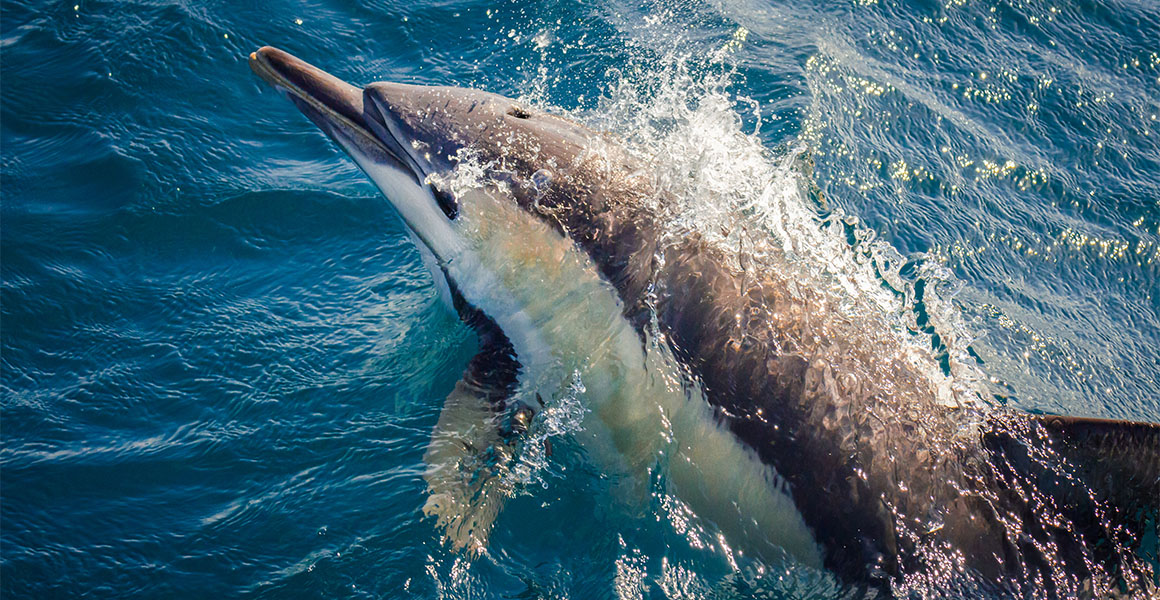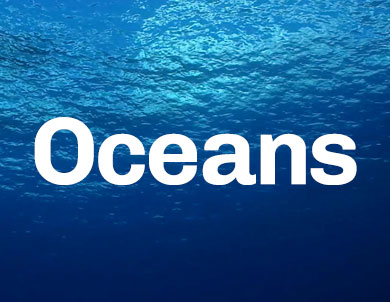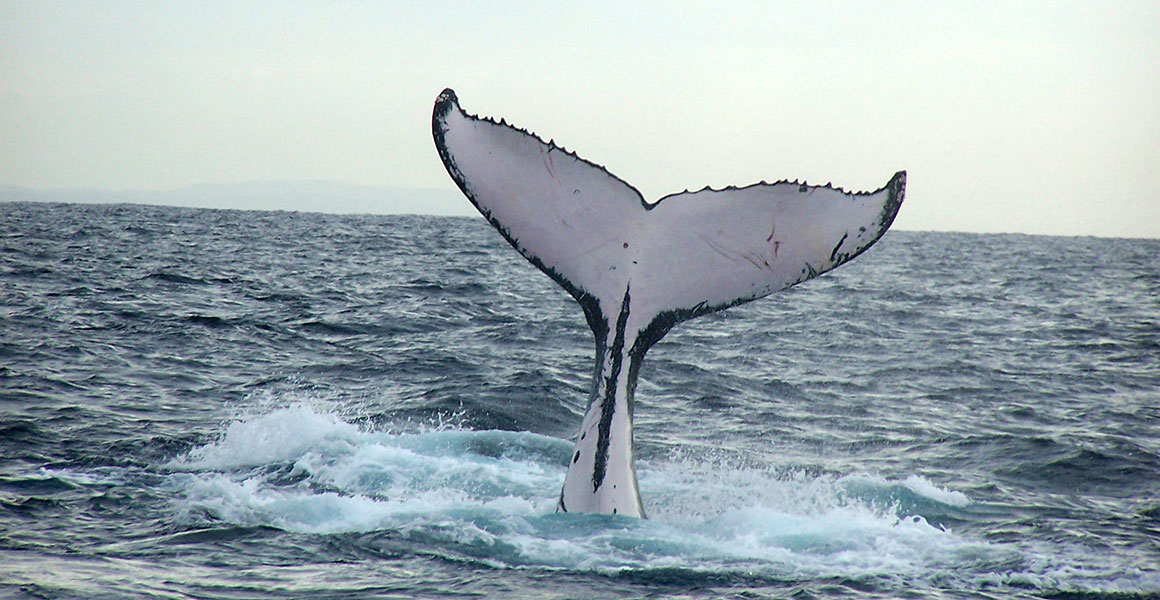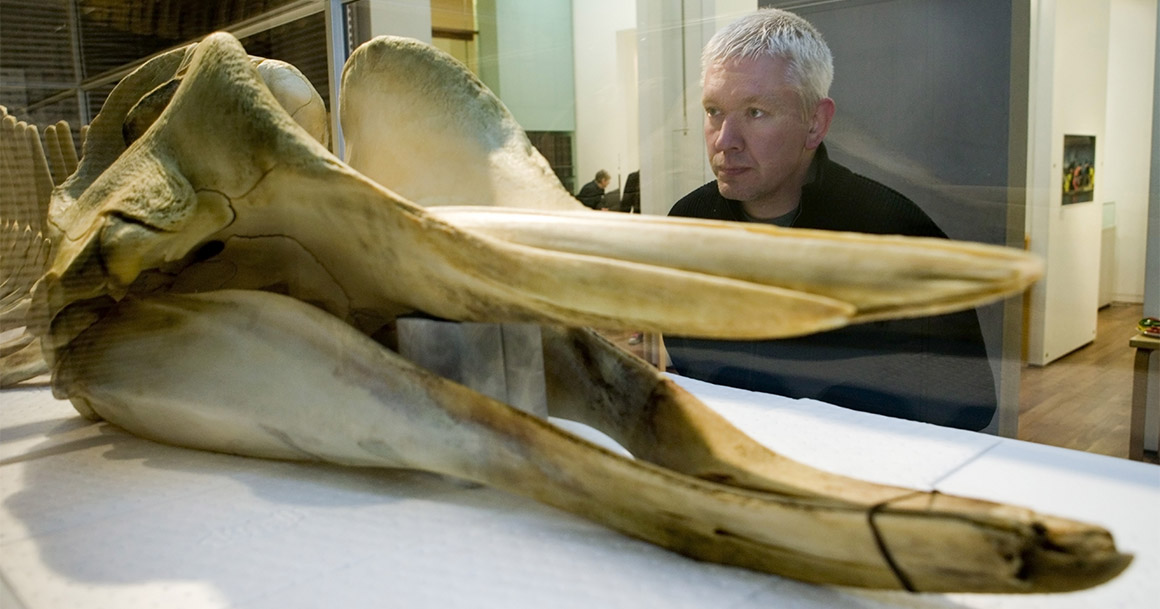Climate change could be behind the increase.

Short-beaked common dolphins are being spotted in Scottish waters more often. Image: Shutterstock.com.
Twenty years ago common dolphins were a rare sight in Scotland. But in the last two decades their numbers have boomed.
They are most commonly seen off the west coast of Britain, around the Inner Hebrides, the west coast of Ireland, and Cornwall and Devon.
Where do short-beaked common dolphins live?
Short-beaked common dolphins (Delphinus delphis) live all over the world: in the Pacific and Atlantic oceans, as well as in the Mediterranean, Red and Black seas. They are happy in temperate waters and can be found both far out in open ocean and near to coastlines.
Common dolphins need the water to be at a certain temperature. Experts think that an increase in sightings around the Scottish Hebrides could mean they are responding to warmer waters in the area.
The Hebridean Whale and Dolphin Trust (HWDT), a charity based on the Isle of Mull, have been tracking dolphin populations off the west coast of Scotland for 15 years.
They have been surveying the sea using the same method every year, on board their research vessel Silurian, meaning they have a unique set of data that can be used to watch for changes in the marine environment and establish trends in distribution.

Becky Dudley at HWDT aboard their research vessel, Silurian. Becky studies UK cetaceans, including common dolphins, killer whales and harbour porpoises. Image: Callum Mair.
Becky Dudley, Marine Biodiversity Officer at HWDT, says, 'We have a consistent dataset gathered over 15 years that allows us to look at trends. Common dolphins were rare in 2003, but since then we have had a twenty-fold increase in sightings. Now, common dolphins are the most common species of dolphin that we see.'
In 2003, HWDT saw on average 0.05 common dolphins per 100 kilometres surveyed. That went up to 1.1 animals per 100 kilometres in 2017. The last four years have seen record-breaking numbers of the species.
Dolphins and rising sea temperatures
Experts are now in a position to examine why the dolphins are arriving in larger numbers.
The short answer is that nobody knows exactly why common dolphins' range is increasing, but climate change might have something to do with it. It has been widely reported that global land and sea temperatures rose through the twentieth century.
The Hebrides are near the northernmost limit of the range for these dolphins and there has been a 0.5°C temperature rise in the water around Britain in the last decade, which could be contributing to the change in their distribution.
Becky says, 'Our aim is to conserve and protect these animals wherever possible. We have collected 15 years of consistent and valuable data on board Silurian. To understand how marine mammals may be responding to a rise in sea temperatures, it is essential that we continue to collect data into the future.'
A changing picture for cetaceans
Common dolphins aren't the only new visitors to British seas.
This year the Sea Watch Foundation reported that a record number of marine mammal species were seen around the UK, including a number of humpback whales. Humpbacks are rarely seen in Britain but their numbers have been rising in recent years.
A beluga whale was also spotted in London's River Thames this September - a normally Arctic species that was many miles further south than its normal range.
Research published earlier this year also suggests that new species of shark could arrive in the UK over the coming years, including the great hammerhead and the oceanic whitetip.
A range of factors could be contributing to the changing picture, including a general increase in large whale numbers after the whaling moratorium of the 1970s. The beluga's appearance could be down to winter storms causing the animal to lose its way, rather than climate change.
More information
- Discover how to see common dolphins in the UK on the Sea Watch Foundation website.
- Read more about the beluga whale in the River Thames.
- Find out more about marine mammals in the Hebrides with HWDT'S Marine Mammal Atlas.

Discover oceans
Read more about the pioneering work of the Museum's marine scientists.

British wildlife
Find out about the plants and animals that make the UK home.

Concerned about the planet’s future?
Explore our on-demand course on the Biodiversity Crisis and learn how you can help.


Don't miss a thing
Receive email updates about our news, science, exhibitions, events, products, services and fundraising activities. We may occasionally include third-party content from our corporate partners and other museums. We will not share your personal details with these third parties. You must be over the age of 13. Privacy notice.
Follow us on social media